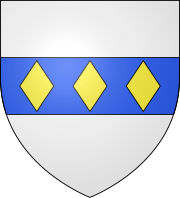
Earl of Coventry is a title that has been created twice in the Peerage of England. The first creation for the Villiers family was created in 1623 and took its name from the city of Coventry. It became extinct in 1687. A decade later, the second creation was for the Coventry family and is still extant.

Earl of the Island of Jersey, usually shortened to Earl of Jersey, is a title in the Peerage of England. It is held by a branch of the Villiers family, which since 1819 has been the Child Villiers family.

Earl of Desmond is a title in the peerage of Ireland which has been created four times since 1329. The title was first awarded to Maurice FitzGerald, 4th Baron Desmond, a Hiberno-Norman lord in Southwest Ireland, and it was held by his descendants until 1583 when they rose against the English crown in the Desmond Rebellions. Following two short-lived recreations of the title in the early 1600s, the title has been held since 1628 by the Feilding family of Warwickshire, England. The current holder is Alexander Feilding, 12th Earl of Denbigh and 11th Earl of Desmond.

Monks Kirby is a village and civil parish in north-eastern Warwickshire, England. The population of the parish is 445. Monks Kirby is located around one mile east of the Fosse Way, around 8 miles north-west of Rugby, seven miles north-east of Coventry and six miles west of Lutterworth. Administratively it forms part of the borough of Rugby. One of the largest and most important villages in this part of Warwickshire in the Anglo-Saxon and later medieval period, the village continued to be a local administrative centre into the early 20th century.
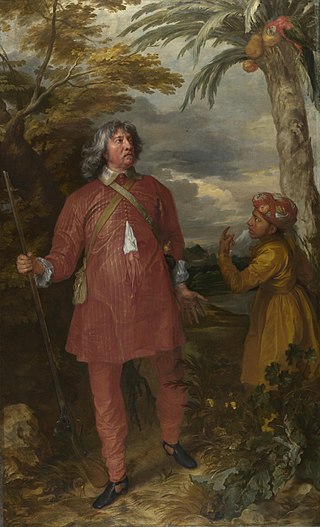
William Feilding, 1st Earl of Denbigh was an English courtier. As brother-in-law of the royal favourite, the Duke of Buckingham, he became involved in major political, military and diplomatic events during the latter part of the reign of James I and under Charles I.
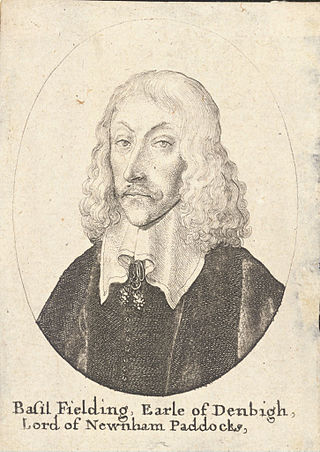
Basil Feilding, 2nd Earl of Denbigh was an English diplomat, politician and parliamentarian army officer during the English Civil War.

George Feilding, 1st Earl of Desmond was an English nobleman, awarded the title of Earl of Desmond in the Peerage of Ireland by Charles I under the terms of a letter patent issued by James I.

Rudolph Robert Basil Aloysius Augustine Feilding, 9th Earl of Denbigh, 8th Earl of Desmond,, styled Viscount Feilding from 1865 to 1892, was a British Army officer and peer.
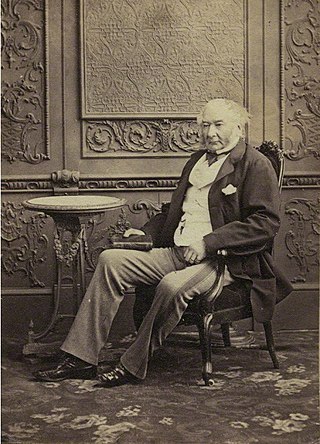
William Basil Percy Feilding, 7th Earl of Denbigh, 6th Earl of Desmond, GCH, PC, styled Viscount Feilding between 1799 and 1800, was a British peer and courtier.
Henry Digby, 1st Earl Digby was a British peer and Member of Parliament.

Susan Feilding, Countess of Denbigh, was an English courtier. She was First Lady of the Bedchamber to Queen Henrietta Maria from 1626 until her death in 1652.
Elizabeth Boyle, Countess of Guildford was an English peeress. She was created 1st Countess of Guildford for life at the Restoration on 14 July 1660, which became extinct upon her death c. 3 September 1667. She held the office of Groom of the Stole and Lady of the Bedchamber to Queen Dowager, Henrietta Maria.

Alexander Stephen Rudolph Feilding, 12th Earl of Denbigh, 11th Earl of Desmond, styled Viscount Feilding until 1995, is an English peer and landowner. He was a member of the House of Lords from 1995 to 1999 and is the Grand Carver of England.
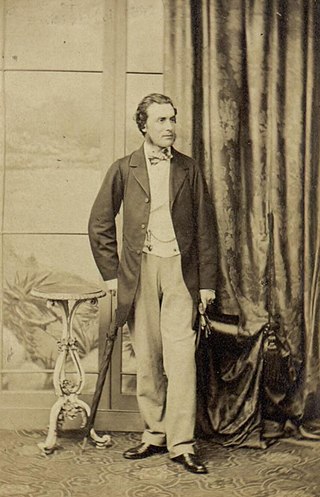
Rudolph William Basil Feilding, 8th Earl of Denbigh, 7th Earl of Desmond, styled as Viscount Feilding until 1865, was a British peer and noted Roman Catholic convert, who founded the Franciscan friary at Pantasaph, North Wales.
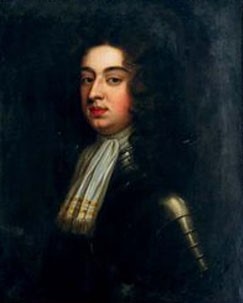
Basil Feilding, 4th Earl of Denbigh, 3rd Earl of Desmond was an English peer and member of the House of Lords, styled Viscount Feilding from 1675 to 1685.

Basil Feilding, 6th Earl of Denbigh and 5th Earl of Desmond was an English nobleman and courtier.
Captain William Rudolph Stephen Feilding, 10th Earl of Denbigh, 9th Earl of Desmond, was a British peer. He was the son of Rudolph Feilding, Viscount Feilding, heir to the Earldom of Denbigh, and his wife Agnes Imelda Mary Harding. He was educated at The Oratory School, South Kensington. He fought in the Second World War, having gained the rank of captain in the service of the Coldstream Guards. He held the office of Justice of the Peace for Warwickshire. He died in 1966 at the age of 54.
Rudolph Edmund Aloysius Feilding, Viscount Feilding was a British Army officer and businessman.
Fielding or Feilding is an Anglo-Saxon English surname.
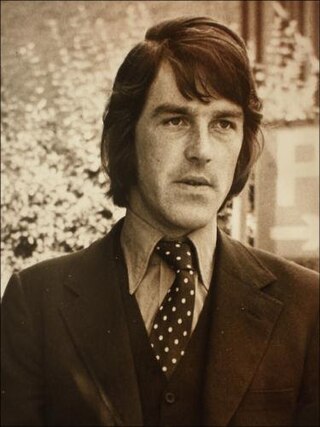
WilliamRudolph Michael Feilding, 11th Earl of Denbigh, known as Rollo Feilding and Rollo Denbigh, was a British peer, advertising executive, and racing driver.

